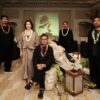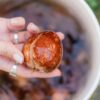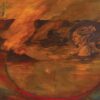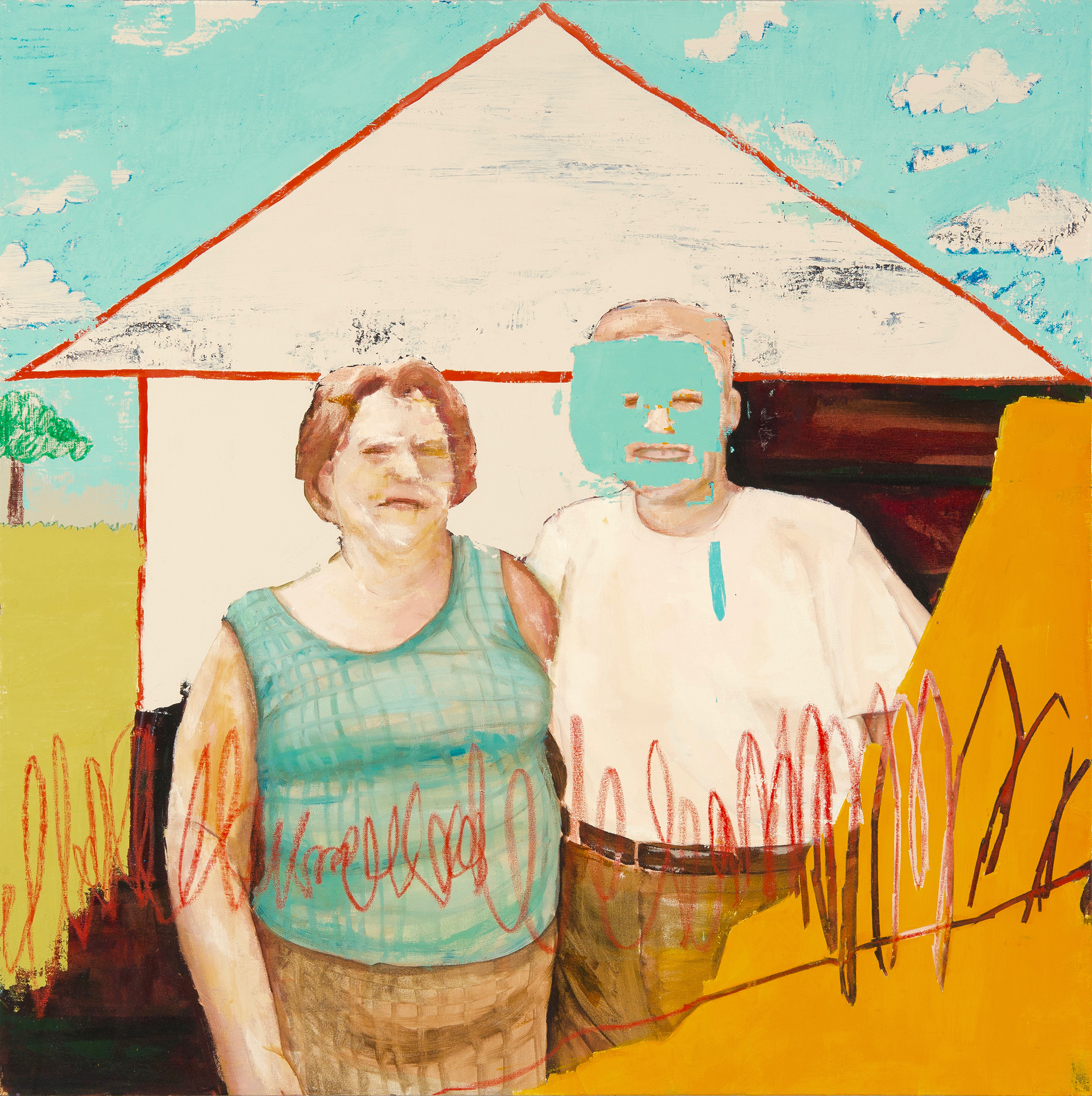Text by Naz Kawakami
Images by John Hook and Chris Rohrer and courtesy of Kainoa Gruspe
I met Kainoa Gruspe skateboarding in a parking lot in Mānoa when we were teens. His hands were covered in black ink, the result of hours spent doodling in a notebook. His sweat, mixed with Mānoa’s misty atmosphere, caused the ink to bleed across his hands and onto his forearms. When we greeted each other with a high-five, his hand stained mine, which made an impression, as did his brash, unconventional skateboarding style.
Gruspe was an avid doodler as a child. In his teenage years, his sketches mirrored his skateboarding, his pen lines beautifully unconstrained, complex, methodical. He drew the same subject—usually strangers and pedestrians in movement—over and over, layered on top of each other, not only capturing the subject’s likeness but also its motions and mannerisms.
While taking his first formal art course at the University of Hawai‘i at Mānoa, Gruspe added color to his ballpoint sketches. He used shades of house paint to fill out drawings on stacks of color swatches available to him at Home Depot, where he worked as a mixer for the paint department. On trips to the hardware store, I’d watch Gruspe sit with his head down, choosing art over good customer service, sketching on swatches while patrons waited impatiently.
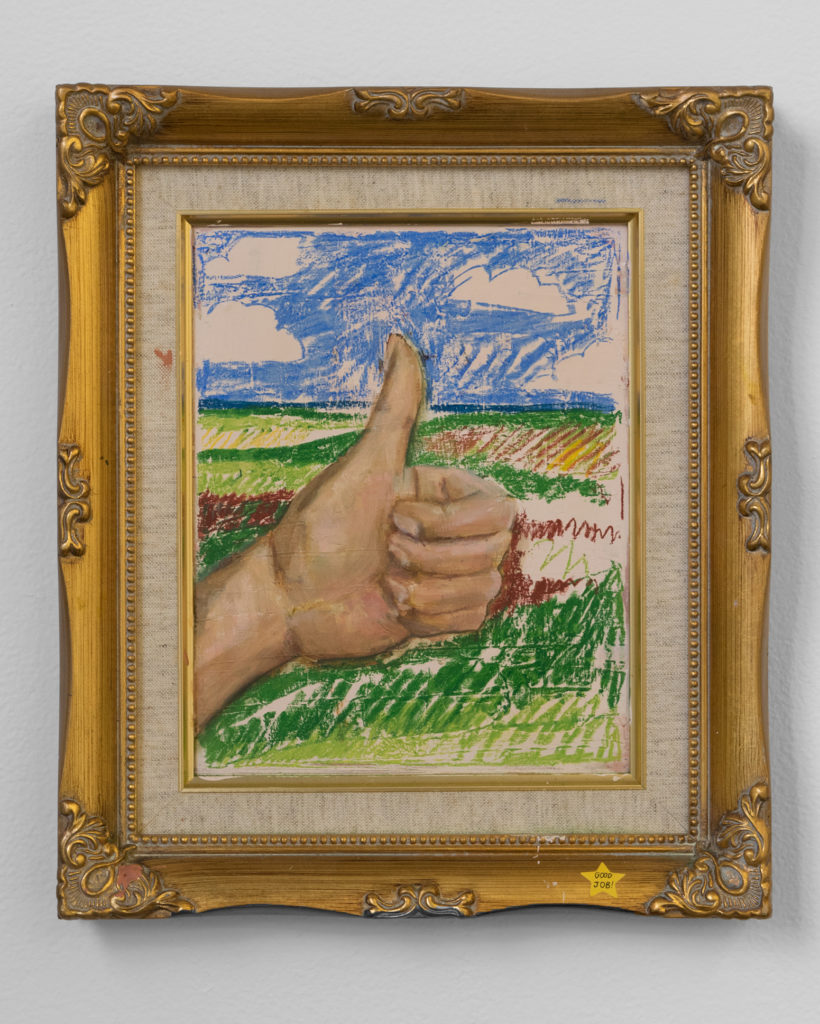
Quickly, painting became Gruspe’s preferred medium. In 2016, at 20 years old, Gruspe had his first painting exhibit in the basement gallery of Hound and Quail in Honolulu’s Chinatown. Since then, Gruspe has been featured in more than a dozen solo and group shows, and he is regularly invited to show at places like Aupuni Space and the Hawai‘i State Art Museum.
The content of Gruspe’s work is versatile and ever-changing. His inspiration can shift from historical classics to family members to scenic views, often within the same collection. The focus of Gruspe’s work cannot be pinned down, even by him. When asked, “What do you paint?” his response is a pensive, “Umm.” When asked, “What am I supposed to do with it?” he answers, “I don’t know, think. Maybe laugh. I mean, sometimes you laugh.”
Gruspe isn’t a talker; he’s a laugher. His quiet disposition disguises a sharp sense of humor, which is infused in everything he creates. Gruspe is also a contemporary artist, leaning toward the abstract—his style is loose and playful, which he uses to comment on whatever he may view as being too fundamental, too accepted, or too respected. He frequently employs irony and absurdity in his work, whether through alteration, like smearing faces on a reproduction of Grant Wood’s American Gothic, or taking the time to paint masterfully scenic paintings only to obstruct half of them with cement and thick strokes of grey paint.
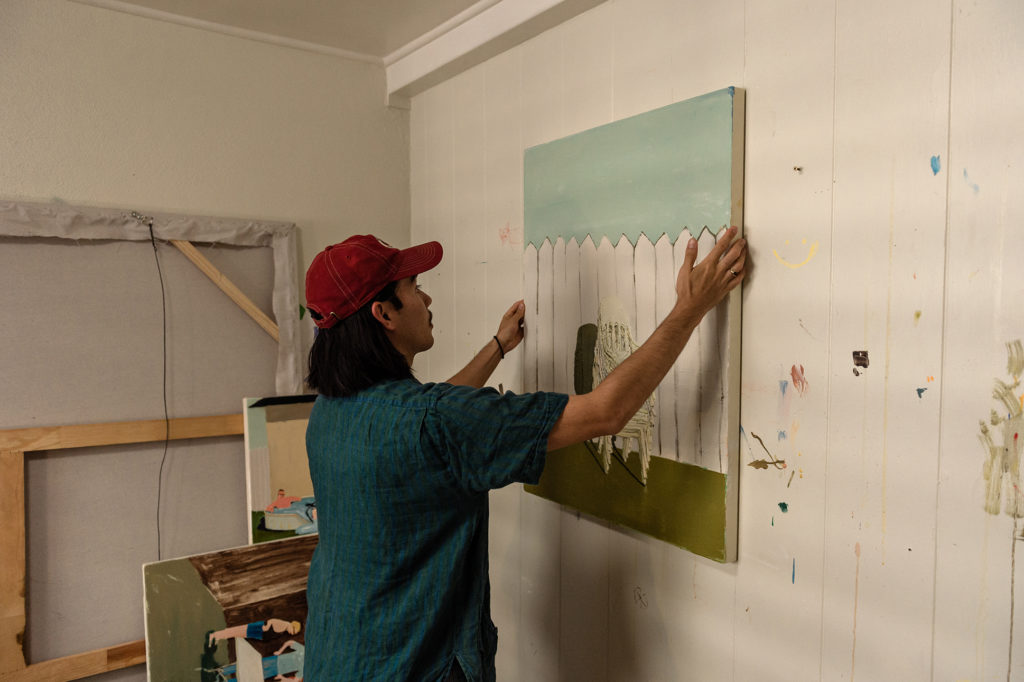
In a more laborious and absurd case, he and his wife, Amber Khan-Gruspe, created a gigantic art work by drawing a continuous chalk line while walking from their home in Waikīkī to Hale‘iwa on O‘ahu’s North Shore. The piece, later titled Big Line Drawing (Chalk on Island, ½ inch by 2,090,880 inches) took two days and six boxes of chalk to create. Their journey was documented through photo, video, and a map diorama and was featured in the 2019 art event iBiennale in Honolulu. The meta-piece used its absurd size and scope to question what most would consider fundamental: What defines art? Or in this case, what defines a drawing?
Back when we were teenagers, whether it was skateboarding or drawing, Gruspe’s playful yet methodical style was distinctively his own. Now, as an adult, Gruspe has retained that originality while growing into an innovative and eclectic painter. His work is simple yet compelling. Whether it makes you giddy with laughter or shrug in confusion, his work is thought-provoking. Gruspe’s art, though sometimes mistaken for childish, displays the essence of representational painting with its color balance and composition; each component assesses and comments on what exactly makes a painting “good.”
“Art is taken so seriously. Too seriously,” Gruspe says. “At the end of the day, it’s just paint. Don’t take it so seriously. Have fun.”

